Before Uvalde school shooting, Mexican-Americans fought for decades to improve school system
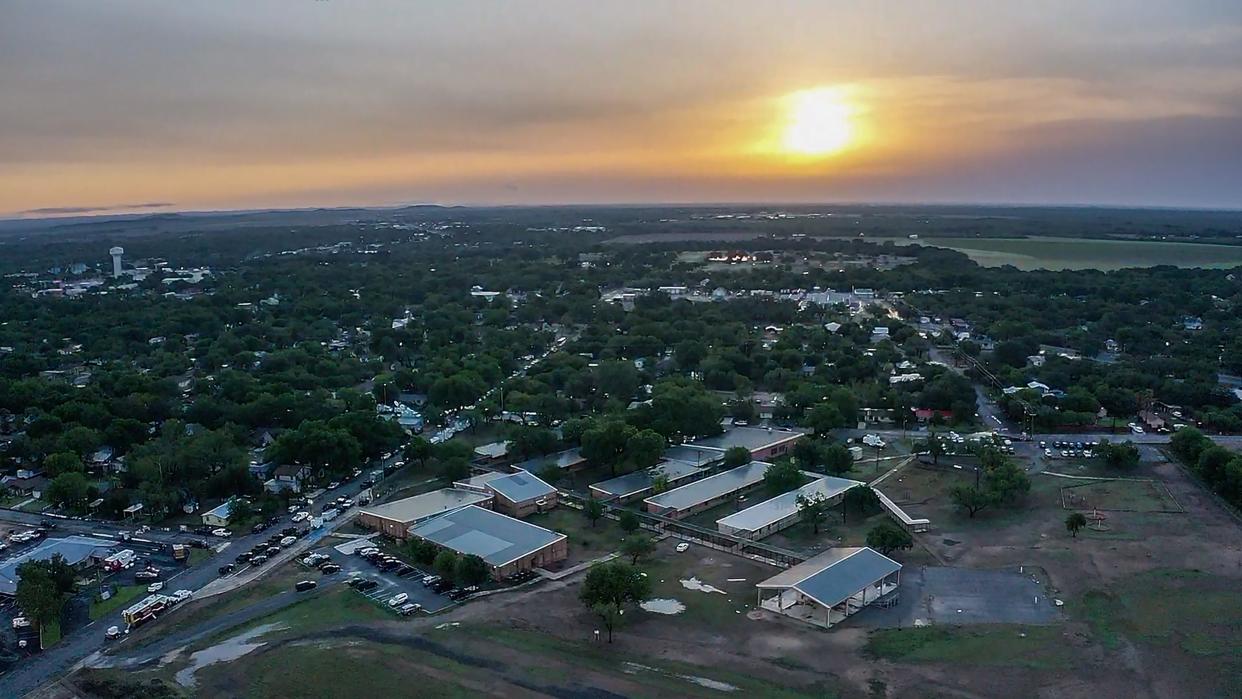
UVALDE — Students across the United States walked out of classes Thursday to protest gun violence and show support for the students and teachers killed in Uvalde – schools that have a little-known history of activism and walkouts.
Robb Elementary School is now the site of the second most-deadly school shooting in U.S. history. Five decades earlier, Uvalde schools were the site of one of the longest school walkouts in Texas history, prompted by discrimination against Mexican-American students.
As parents press law enforcement agencies for accountability following the shooting, Uvalde residents and past civil rights leaders remembered how they questioned authority to improve education for Mexican-Americans.
While Brown v. the Board of Education Supreme Court case officially outlawed school segregation in 1954, families and students across the country still had to fight to receive equal treatment in their own schools even decades after the ruling.
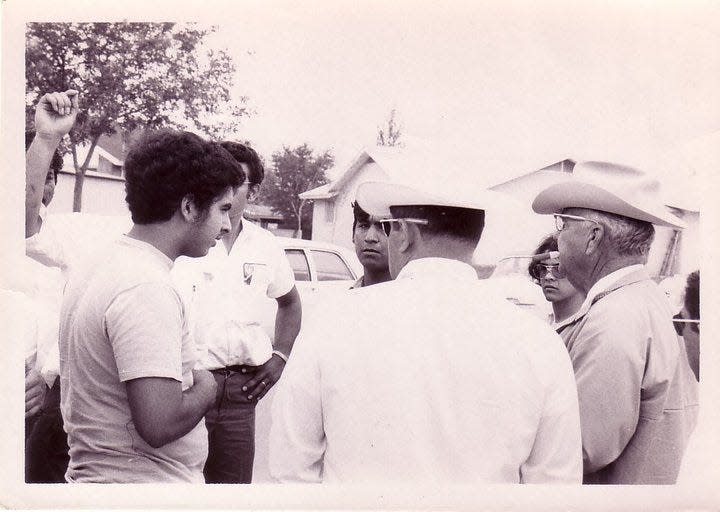
In the 1960s and 1970s, Mexican-American families’ battles for equal treatment coalesced with the growing Chicano nationalism movement and spurred widespread student walkouts across Texas, California and the country.
“Some estimates place the number of walkouts in that period at 39, but Uvalde’s walkout is going to go down in history as the longest walkout on record,” said Alfredo Santos, who joined a 1970 walkout at Uvalde High School to protest discrimination against Hispanic students and the dismissal of a Hispanic teacher. “Most walkouts were one day or one hour. Uvalde’s walkout was six weeks.”
Students walked out after Mexican-American teacher’s contract was not renewed
Josue “George” Garza started teaching fifth grade at Robb Elementary School in 1965.
“It was a segregated school, 99% of the students were Mexican-American,” Garza said.
School administrators and most teachers in the Uvalde Consolidated Independent School District were white, or Anglo as many Texans say.
"We could not compare to other elementary schools, especially Dalton Elementary, which was all Anglo," Garza said. "It was very difficult for our community to obtain a proper education.”
Garza, now 83, was popular with the Mexican-American students. He stepped in where school administrators would not. He gathered donations to build basketball courts and a playground at Robb. When pecan trees were planted on campus, Garza enlisted fifth graders to help, paying a quarter for each tree they watered.
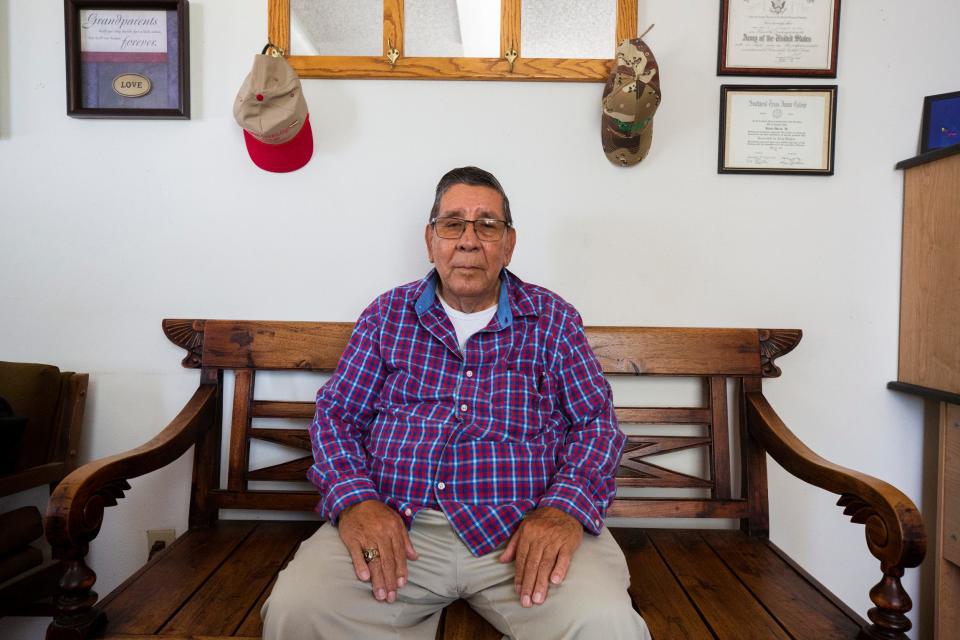
“It was their tree, to teach them responsibility,” Garza said. “But then I was running out of money.”
Garza started studying for a master’s degree with the aim of becoming school principal one day.
But then in 1970 the district did not renew his contract. High school and middle school students walked out of class in protest.
“The walkout was the climax to a chain of injustices against the Mexican-American people here in Uvalde,” Garza said. “There were demands that were made by the students involved in the walkout, like having Mexican food in the cafeteria and to hire more Hispanic teachers and administrators. And it was no, no, no all the time (from the school board).”
The community was divided, with many white residents viewing the walkout as a threat to their position in town. Some Mexican-Americans were hesitant to be associated with vocal Hispanic organizers.
The Texas Rangers were called to Uvalde during the walkout. Students remember the Rangers stood on rooftops with loaded rifles.
“It was very costly for some of us, a lot of us,” Santos said. “I didn’t graduate. A lot of us had to leave town.”
As Santos recounted in an University of Texas Oral History project on the Uvalde School Walkouts and again to a reporter Thursday, he and two other friends fled town for California after their names were registered to the draft, allegedly in retribution for the walkouts, despite not yet turning 18.
The whole chain of events that began with the walkouts and sent him to California changed the course of his life, Santos said. After working several stints in the fields around California, he eventually graduated from the University of California, Berkeley and worked under Cesar Chavez as a labor organizer for the United Farm Workers. He returned to live in Uvalde again for several years, founding and running a newspaper called La Voz de Uvalde County before eventually moving to Austin.
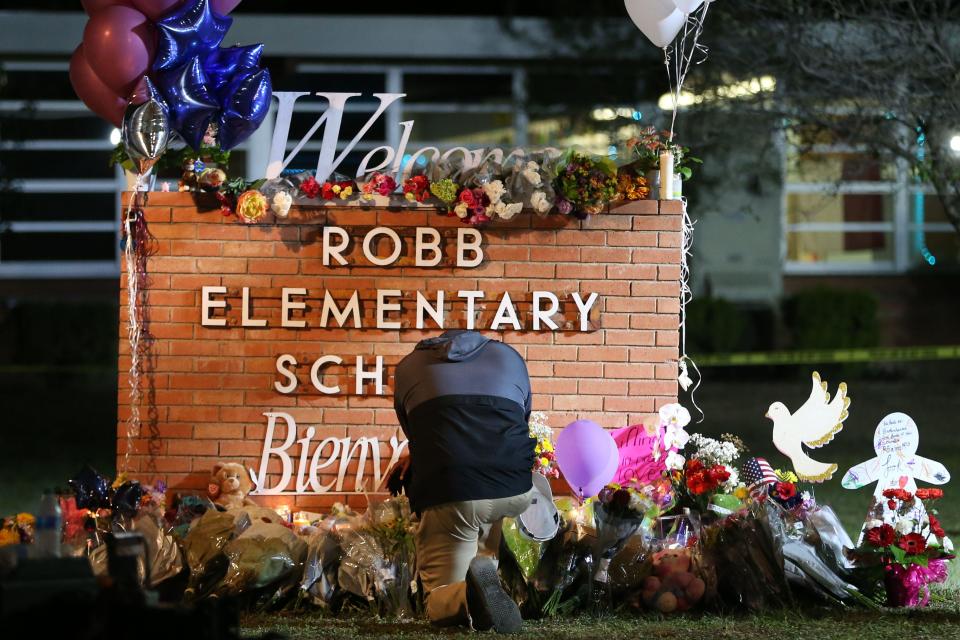
Now, Santos spends his time documenting the history of both the Uvalde walkouts and the city itself in books. Often, he speaks to Uvalde families who have spent generations in the town and are just now rediscovering the history their parents made, but rarely mentioned.
“As the years go on, the memory starts to fade.” Santos said. “Many times people feel what they feel they’re doing, or what they’ve done with their lives is insignificant, or not worth talking about.”
In the years that followed, Garza was elected to the school board and eventually as mayor of Uvalde. He later started a real estate company, which he still owns. As mayor, Garza pushed for investment on the town's historically Mexican-American West Side, improving the streets, sewers, waterlines, gas lines and curbs.
“I wasn’t a radical or racist. I just wanted equality, fairness,” Garza said. “From that point on (after the walkout), Hispanics began to get more involved.”
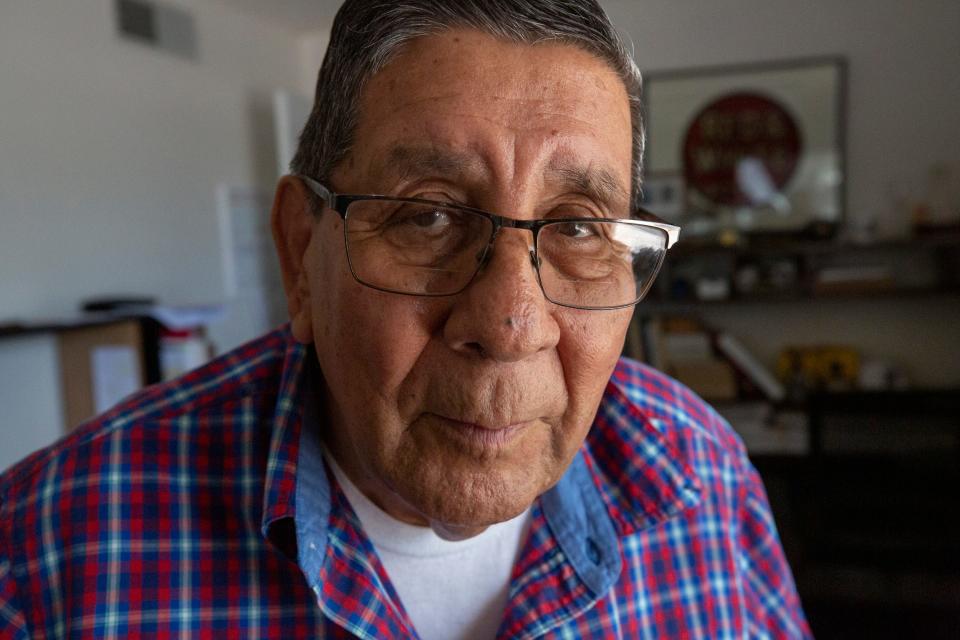
Uvalde is the type of town where decades after the walkout, Garza still ran into the superintendent who was in office when the walkout began. He said he forgave the superintendent for his role.
“I feel good that we forgave each other,” he said.
Walkout sparked segregation lawsuit
Uvalde was one of many communities across the country where Mexican-American students organized to end segregation, improve their schools and increase their political representation.
Santos said he and many of the other students who participated in the Uvalde walkouts didn’t know the full scope of the movement they were part of until much later. Students staged walkouts in nearby South Texas towns like Crystal City and Del Rio, but the local newspapers barely covered them, Santos remembered.
“The school walkouts were very much a part of the Chicano Movement and in many cases initiated the larger Mexican-American civil rights struggles in their communities,” said University of California, Santa Barbara historian Mario T. García, author of Blowout! Sal Castro and the Chicano Struggle for Educational Justice.
“Changes in the schools such as bilingual education and more challenging classes were instituted after many of these walkouts,” García said. “Yet the educational divide between Mexican-American students and white students is still significant, including attendance and graduation from colleges. This is the continued result of systemic racism in the schools.”
The 1970 walkout in Uvalde set into motion a long chain of events that resonate to this day. Later that year, Genoveva Morales filed a class-action lawsuit on behalf of her nine children against the Uvalde Consolidated Independent School District. The Mexican American Legal Defense and Educational Fund (MALDEF) represented Morales in the lawsuit alleging the district discriminated against Mexican-American students.
In 1975, the U.S. Court of Appeals for the Fifth Circuit found the school district failed to desegregate, in violation of the Fourteenth Amendment to the U.S. Constitution and Title VI of the Civil Rights Act of 1964. The district was placed under a desegregation order. It wasn’t until 2008 that MALDEF, Morales and the school board signed a consent order acknowledging progress to address discrimination.
In 2014, the district renamed Morales Junior High after the mother and activist.
"While people who lived through the event have different interpretations of its results, it is undeniable that the Uvalde walkout was a major milestone for ethnic relations and ethnic identity," said Vinicio Sinta, a professor at the University of Texas at Arlington. "The walkout generation was more assertive about their rights and was not afraid to demand equal treatment, even at a high personal cost. Some participants in the walkout we spoke to went on to become very active in local politics, health advocacy and other leadership positions."
Former teacher, mayor calls for unity following shooting
Josue Garza’s grandchildren attended Robb and are now in fifth grade at another campus. But he is haunted imagining how close they were to being in that classroom with the gunman.
Five decades after the walkout, Garza worries the Uvalde community is becoming divided once again, with political rhetoric overshadowing community bonds.
“I don’t want this community to go back to what it was before the walkout,” he said, sitting in his office Thursday. “We need to come together and work together to keep Uvalde moving forward.”
Garza disagreed with Beto O’Rourke’s decision to interrupt the Wednesday news conference with Governor Greg Abbott but was also dismayed by Uvalde mayor Don McLaughlin’s vulgar response.
“That’s not Uvalde,” he said.
“Before this it was the walkout that had divided us,” Garza said. “But I pray to God that after this situation … it will bring us together. We are hurting right now in Uvalde.”
Even in Austin, Santos said his phone has been ringing all week, as friends and relatives mourn the loved ones they’ve lost and check for news. Like many other small South Texas towns, many find themselves leaving Uvalde in search of opportunities.
“A lot of those people when they left, they left their hearts in the town,” Santos said. “They promised to come back, a lot of those folks. Some of those folks did and some of those folks didn’t. Even though there are people who don’t live in Uvalde, they still feel connected to Uvalde.”
USA Today journalist Tiffany Cusaac-Smith contributed to this report.
This article originally appeared on El Paso Times: Mexican-Americans fought for decades to improve school system

